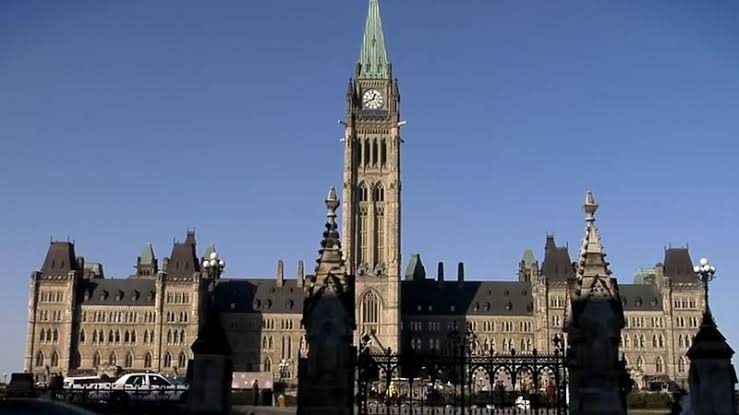Calgary/New Delhi, April 29, 2025 – In a historic moment for Canada’s Punjabi community, a record 22 candidates of Punjabi origin have been elected to the House of Commons in the 2025 federal elections. This marks a new high for Punjabi representation, surpassing the previous figures of 18 in 2021 and 20 in 2019. Out of 65 Punjabi candidates, more than one-third secured victories, highlighting the growing political influence of the community across Canadian ridings.
In a dramatic turnaround, Prime Minister Mark Carney’s Liberal Party regained control of Parliament, bouncing back from the brink of political collapse. Though the Liberals are expected to fall just short of a majority, their resurgence – driven in part by declining popularity of former PM Justin Trudeau – is being hailed as one of the most remarkable comebacks in Canadian political history.
In Brampton, a city with a significant South Asian population, Punjabi candidates dominated the polls. Liberal MP Ruby Sahota defeated Conservative challenger Amandeep Judge in Brampton North, while Maninder Sidhu and Amandeep Sohi won in Brampton East and Centre, respectively. However, the Conservatives made their mark too: Sukhdeep Kang unseated Sonia Sidhu in Brampton South, and Amarjit Gill defeated Liberal Cabinet Minister Kamal Khera in Brampton West.
Among the prominent Liberal winners of Punjabi origin were Anita Anand (Oakville East), Bardish Chagger (Waterloo), Anju Dhillon (Dorval–Lachine), Sukh Dhaliwal (Surrey Newton), Iqwinder Singh Gahir (Mississauga–Malton), Randeep Sarai (Surrey Centre), Gurbaksh Saini (Fleetwood–Port Kells), and Parm Bains (Richmond East–Steveston).
On the Conservative side, strong performances by Punjabi candidates boosted the party’s seat count. Re-elected MP Jasraj Singh Hallan (Calgary East) was joined by newcomers Dalwinder Gill (Calgary McKnight), Amanpreet Gill (Calgary Skyview), and Arpan Khanna (Oxford), along with Tim Uppal (Edmonton Gateway), Parm Gill (Milton East), Sukhman Gill (Abbotsford South–Langley), Jagsharn Singh Mahal (Edmonton Southeast), and Harb Gill (Windsor West).
Meanwhile, the New Democratic Party (NDP) suffered a major setback, with its leader Jagmeet Singh – a prominent pro-Khalistan voice – losing his Burnaby Central seat in British Columbia. Singh finished a distant third behind both Liberal and Conservative contenders. His party’s national support plummeted to just 6%, securing only seven seats – a sharp fall from the 25 won in 2021, leaving the NDP without official party status in the House.
This election was largely influenced by geopolitical tensions and domestic economic concerns, particularly threats of tariffs and provocative comments by U.S. President Donald Trump, who mockingly referred to Canada as the “51st state.” Carney’s calm, technocratic leadership style and track record – which includes leading the Bank of Canada during the 2008–09 financial crisis and the Bank of England during Brexit – helped win over voters disillusioned by the Trudeau-era liberalism.
Trudeau’s resignation in January opened the door for Carney’s leadership. At that time, the Conservatives held a lead of over 20 points in national polls. But Carney’s economic message and diplomatic push to reset international relations, including with India, helped reverse the Liberals’ fortunes in time.
Now governing in a minority, Carney faces the challenge of navigating a polarized Parliament while managing U.S. relations, economic pressure, and coalition-building. Still, the rise in Punjabi-Canadian political representation signals a powerful transformation within Canadian politics.
Historic Rise in Punjabi Representation: 22 Elected to Canada’s House of Commons in 2025 Federal Elections

